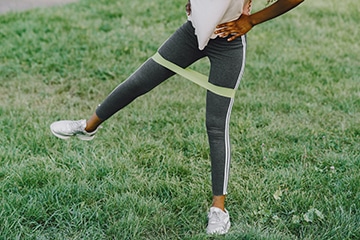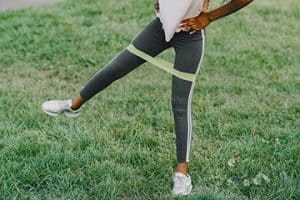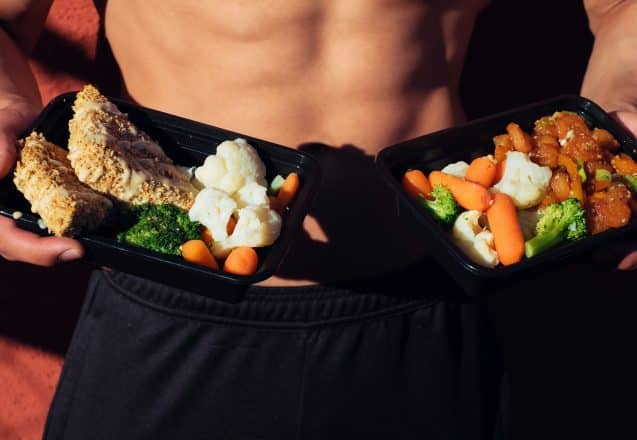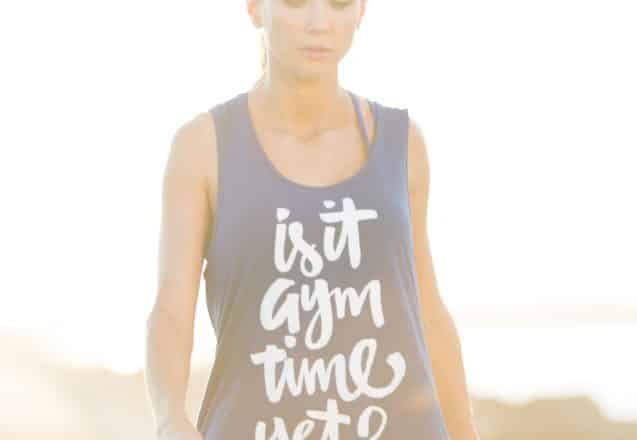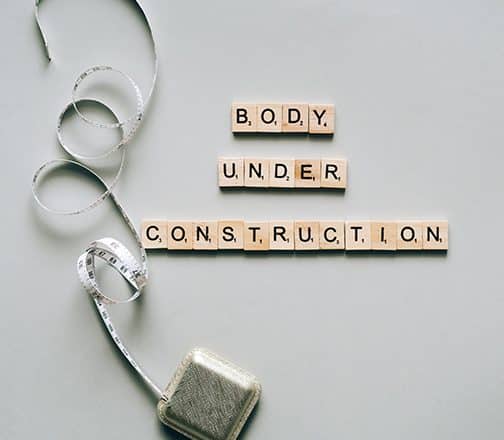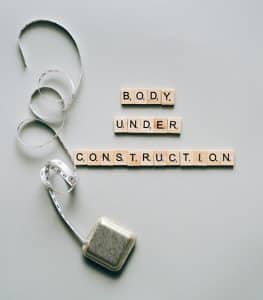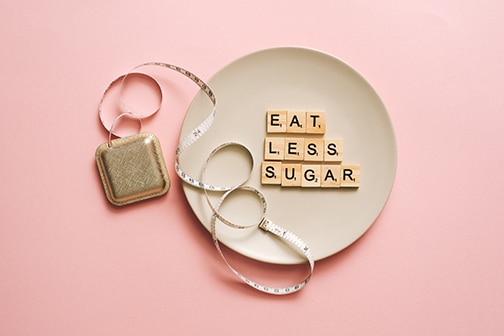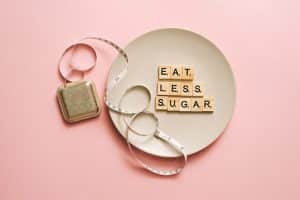Top Yoga Poses For Stress Relief
 Anyone who comes to Iron Fit in San Antonio, TX, knows how good they feel after a heart-pounding session of HIIT—high intensity interval training—or traditional strength training. That’s due to the stress relief that exercise provides. Many don’t realize that yoga poses can also provide the same benefits but in a more serene way.
Anyone who comes to Iron Fit in San Antonio, TX, knows how good they feel after a heart-pounding session of HIIT—high intensity interval training—or traditional strength training. That’s due to the stress relief that exercise provides. Many don’t realize that yoga poses can also provide the same benefits but in a more serene way.
Let your muscles heal by doing active recovery with yoga.
Your muscles need at least 48-72 hours to heal after a tough workout. If you don’t provide that healing time, it’s counterproductive. You don’t have to worry about doing two days of intense workouts in a row to get that exhilaration and stress relief. Just using the breathing techniques of yoga can offer quick results with little effort. You can calm your body by focusing on breathing and slowly inhaling through your nostrils and exhaling through your mouth.
A child pose is one of the most relaxing.
You’ll feel your stress drain away with the child pose. It starts with your body weight on the palms of the hands and knees. Fold your legs so the front of the lower legs rests on the floor. Exhale as you lower your bottom until it touches your heels. Slide your hands forward, extending your arms until your chest touches your thighs, with your arms fully outstretched and your forehead on the ground. Hold the pose as you breathe deeply, feeling your stress melt away with each breath.
Moving like a cobra helps relax the muscles in the back while bringing relief from stress.
Start this pose by lying flat with the top of your feet on the floor and your hands under your shoulders. Your elbow should be bent with your fingers pointing forward. Keeping your elbows close to the body, press down your lower body from the ribs down as you push your upper body upward. Exhale as you do this. Lift your upper body off the floor by straightening your arms, arching your upper body, and holding your head as high as possible. Hold the pose for 30 seconds as you do focused breathing.
- The cat-cow combination of poses brings back and stress relief. Start on your hands and knees and raise your head as you drop your stomach for the cow pose. Move to the cat pose where you lower your head and arch your back.
- The corpse pose doesn’t sound very inviting but it does help calm the mind. Lie on your back with your feet to the side edges of the mat and arms open to the sides, with your palms up. Close your eyes, breathe deeply, and relax.
- The garland pose looks like a deep squat with your feet pointing outward and knees spread. Your upper arms are inside your knees with your elbows bent and palms together. Lower your bottom as you squat, pressing your elbows into your thighs.
- Do three-part breathing. Breathe in through the nose. Fill your lungs and belly. Hold and release the air by exhaling.
For more information, contact us today at Iron Fit San Antonio


